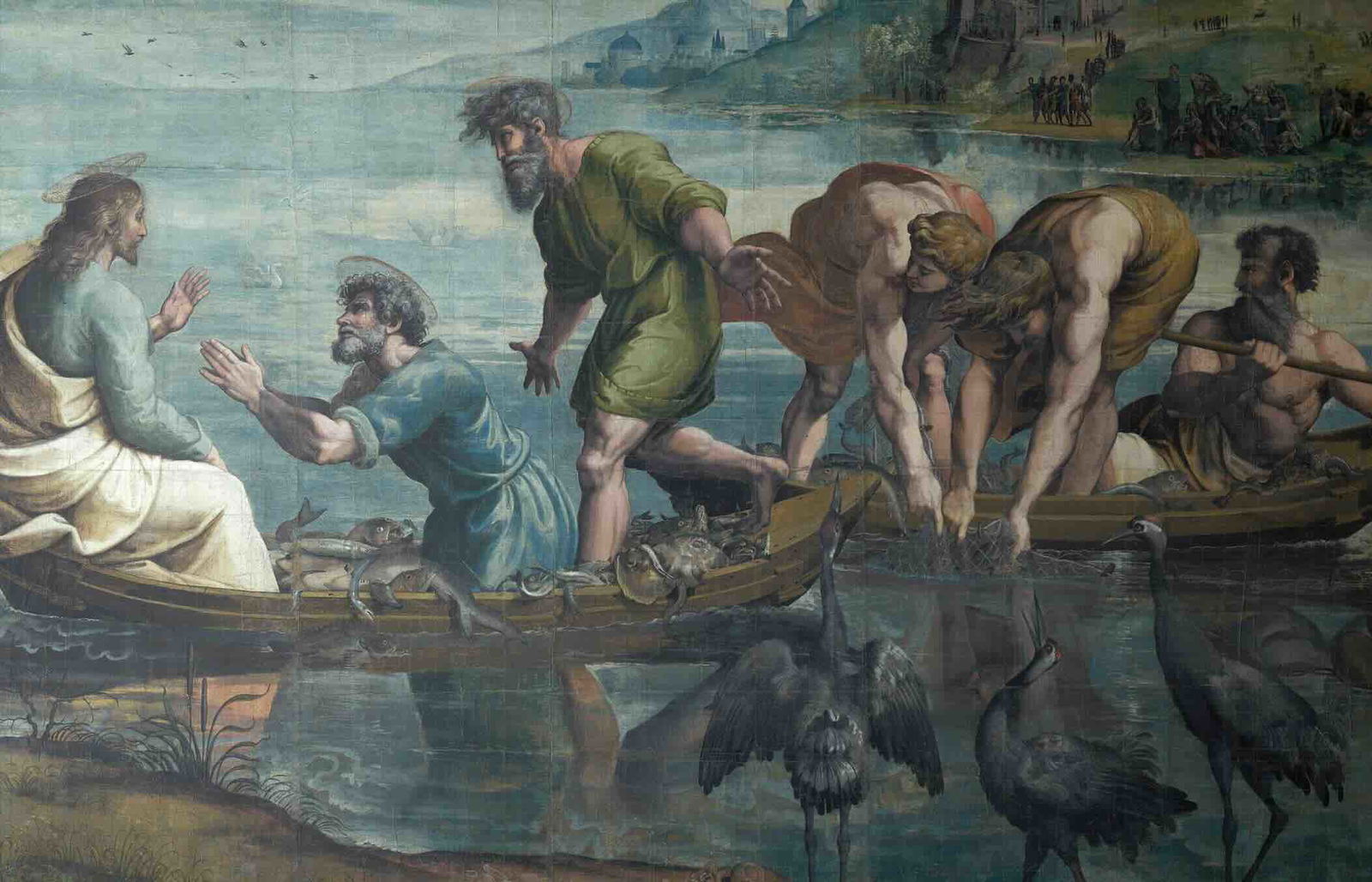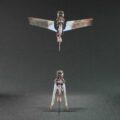A miraculous event detailed in the New Testament could have a scientific explanation, according to environmental scientists who point to striking similarities between the “miraculous catch of fish” and a well-known natural phenomenon.
The bible’s New Testament features the story of Jesus telling a group of his followers to fish in Lake Kinneret (the biblical Sea of Galilee), after which they catch a miraculous number of fish; enough that it seems to break their nets.
However, environmental scientists and limnologists from various institutions have proposed a possible scientific explanation for this miraculous catch that that does not require divine intervention. According to a recent study, the phenomena described in the New Testament might have resulted from natural fish die-offs in Lake Kinneret.
“Remarkably, nowadays fish-kill events happen at the same location in the lake where the biblical Miracle of Loaves and Fishes and presumably the Miraculous Catch of Fish occurred two millennia before the present,” the researchers write in a new paper detailing their findings, adding that this “may explain the appearance of large numbers of easy-to-collect fish close to the shore described in the biblical narratives.”
The Miraculous Catch of Fish
In the Christian tradition, the “miraculous catch of fish” is one of the most celebrated events described in the New Testament, symbolizing divine providence and Jesus’s power over nature. This miracle is referenced in two separate instances, first in the Gospel of Luke and again in the Gospel of John, each highlighting the abundance of life and the transformative power of faith.
The account in Luke describes an episode where Jesus, standing on the shore of the Sea of Galilee, instructs Simon Peter to cast his net after a night of unsuccessful fishing. Despite his initial hesitation, Peter obeys and catches so many fish that the nets begin to break, requiring the help of others to haul in the overflowing bounty. Moved by this display, Peter leaves everything to follow Jesus, marking a pivotal moment in the disciple’s life.
In John’s Gospel, a similar scene unfolds after Jesus’ resurrection, when he appears to his disciples by the lake. Once again, they are struggling to catch fish, and Jesus tells them to throw their nets on the other side of the boat. They do so, and the net is filled with an enormous catch, which they bring ashore to share in a meal with him.
For nearly two thousand years, Christians have viewed these stories as expressions of divine power, seeing the fish as both literal and symbolic sustenance provided by Jesus.
From Historical Text to Scientific Study
Seeking a possible scientific interpretation of these events, researchers deployed temperature sensors and oxygen monitors deep into Lake Kinneret to investigate its natural properties. They also measured wind speeds and directions, comparing their findings with records of modern fish die-offs in the area. They found a pattern in which strong surface winds occasionally pull oxygen from the lake’s lower layers, depleting it from the waters where fish reside.
This oxygen depletion could lead to fish rising to the surface, providing an easy and abundant catch for anyone nearby.
“During these events, fish deprived of oxygen gradually float up, presenting what might appear to be a miraculous sight from the shore or a boat,” the research team reported in their paper.
Lake Kinneret, they noted, is naturally stratified, meaning it has a colder, lower layer with low oxygen levels and a warmer, oxygen-rich upper layer. These layers occasionally mix in thermal stratification, depriving fish of the oxygen they need at all depths, leading to large die-offs.
The researchers observed that the types of fish that typically die off during these events are found most abundantly along the shore, making them easy to collect.
Additionally, the researchers report that they found that lake conditions today resemble those from the time of Jesus, suggesting that similar natural die-offs could have occurred historically.
The team’s new paper, “Seiche-Induced Fish Kills in the Sea of Galilee—A Possible Explanation for Biblical Miracles?,” was recently published in Water Resources Research.
Kenna Hughes-Castleberry is the Science Communicator at JILA (a world-leading physics research institute) and a science writer at The Debrief. Follow and connect with her on X or contact her via email at kenna@thedebrief.org

